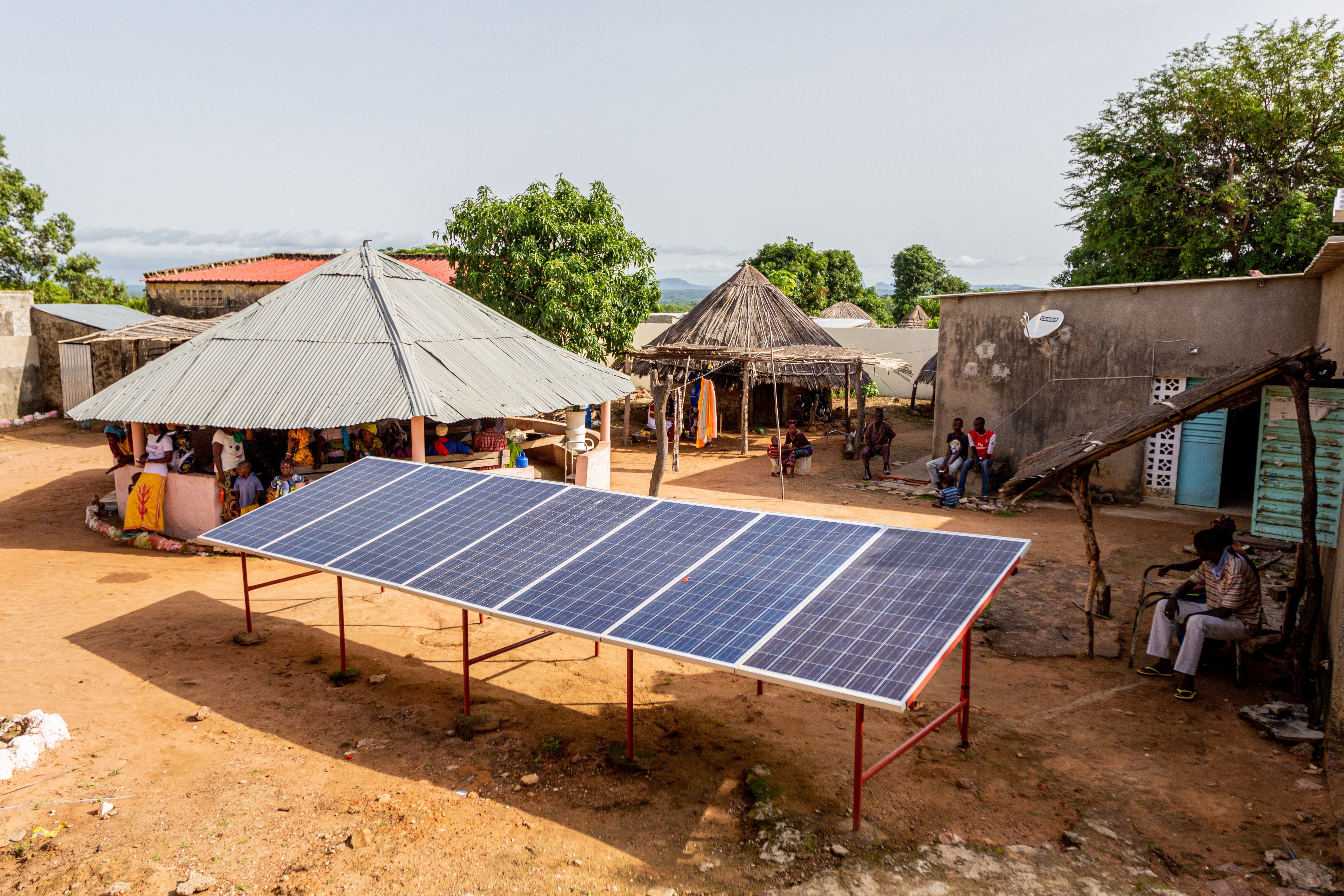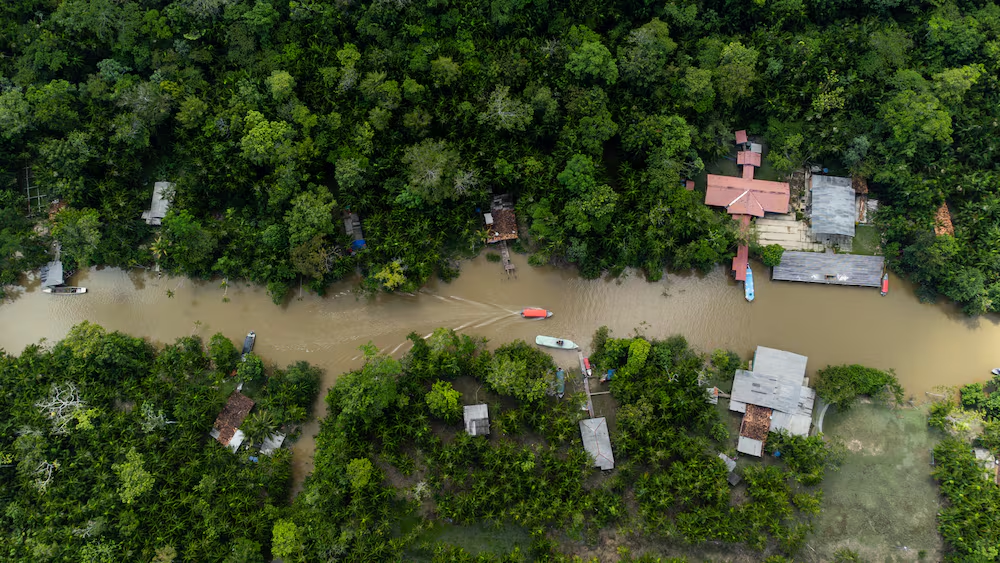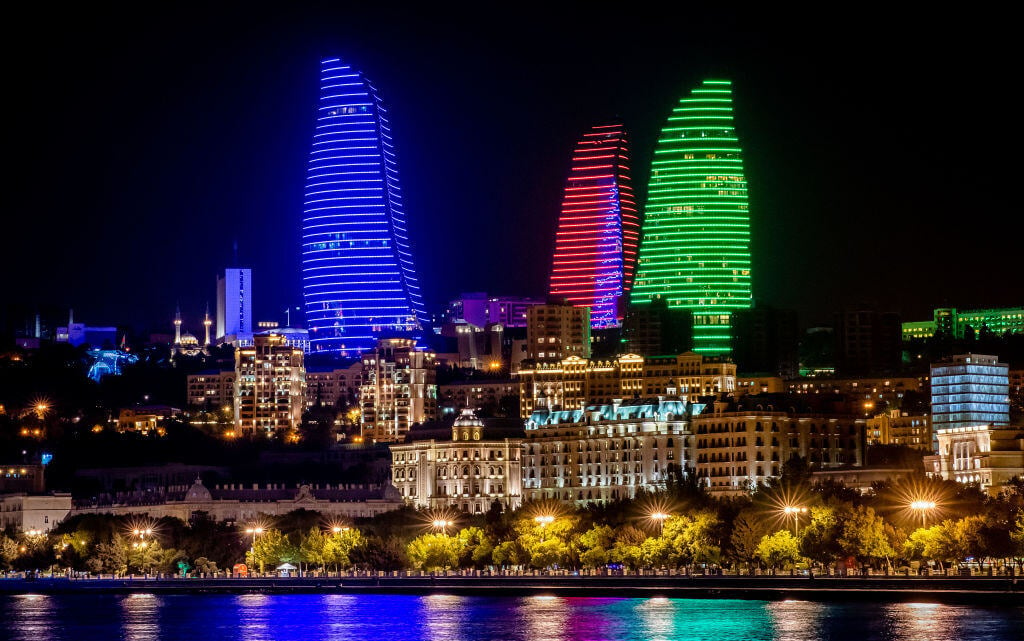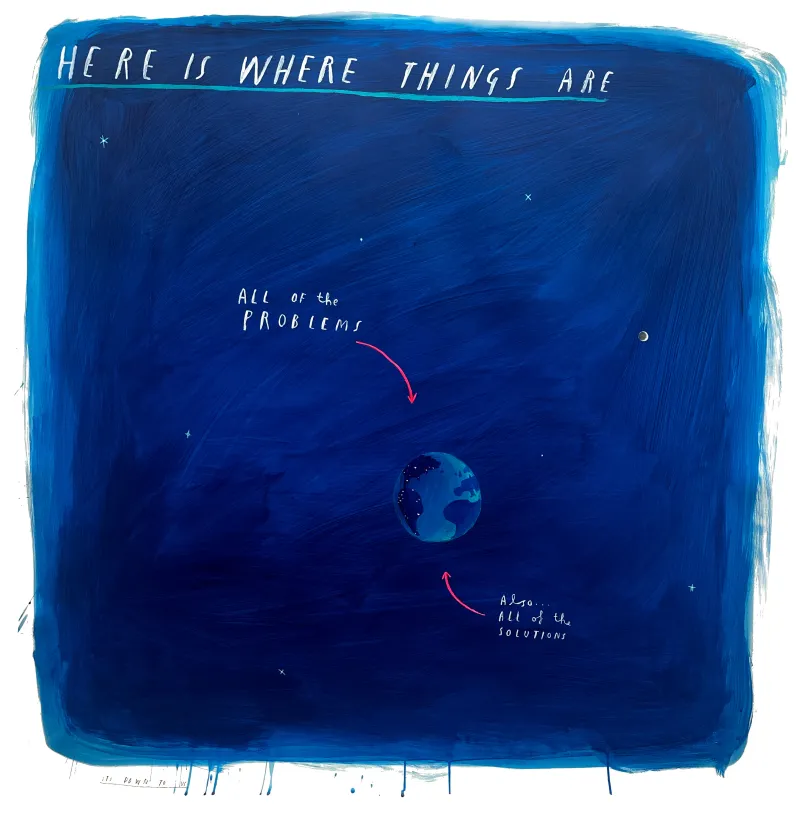Extreme E Isn’t Just a Race
It’s the most significant transportation shift since Tesla.
Sharon Johnson leads our Strategic Communications and Engagements work at Global Optimism and produces Outrage + Optimism.
Published
17 June 2021
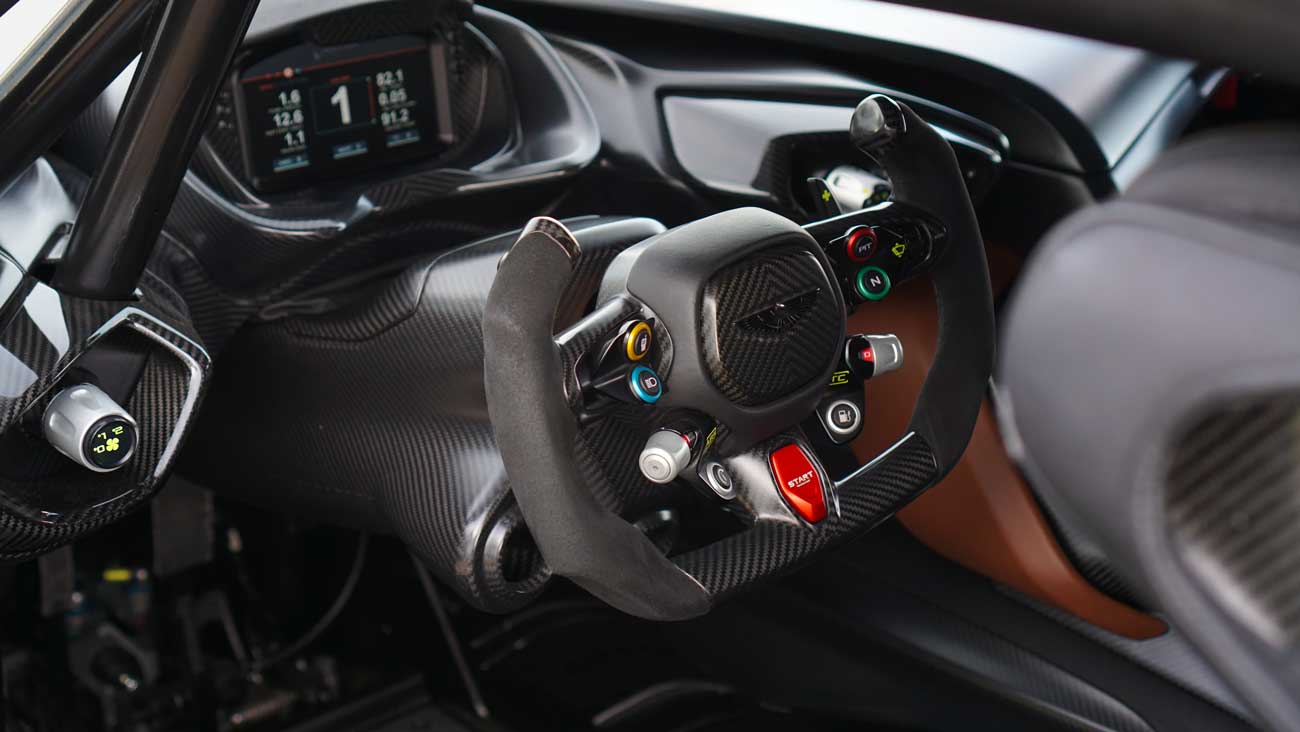
Full disclosure: I do not identify as a motor-racing fan. Nor am I fascinated with cars or engines. My favourite mode of getting around my home city, London in the UK, is public transport. And I can count on the fingers of one hand the number of cars I’ve actually owned in my entire life. But I do care deeply about climate change, health, justice and a better life for all. That is how I recently became the newest (extremely enthusiastic) fan of motor-racing’s rapidly growing all electric SUV rally series, Extreme E.
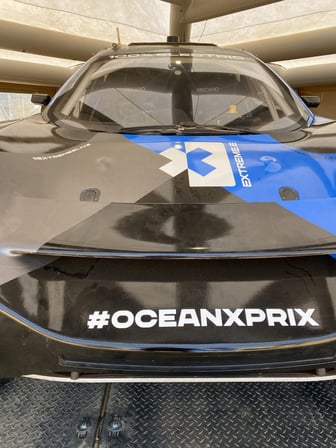 The uniquely designed and custom built Extreme E SUV
The uniquely designed and custom built Extreme E SUV
I visited the site the day before the teams began their qualifying races, a brilliant time to witness the awe-inspiring ecosystem Alejandro Agag and his team have built. Racers and fans can now enjoy off road racing with the lowest possible environmental damage and the highest possible social and cultural impact.
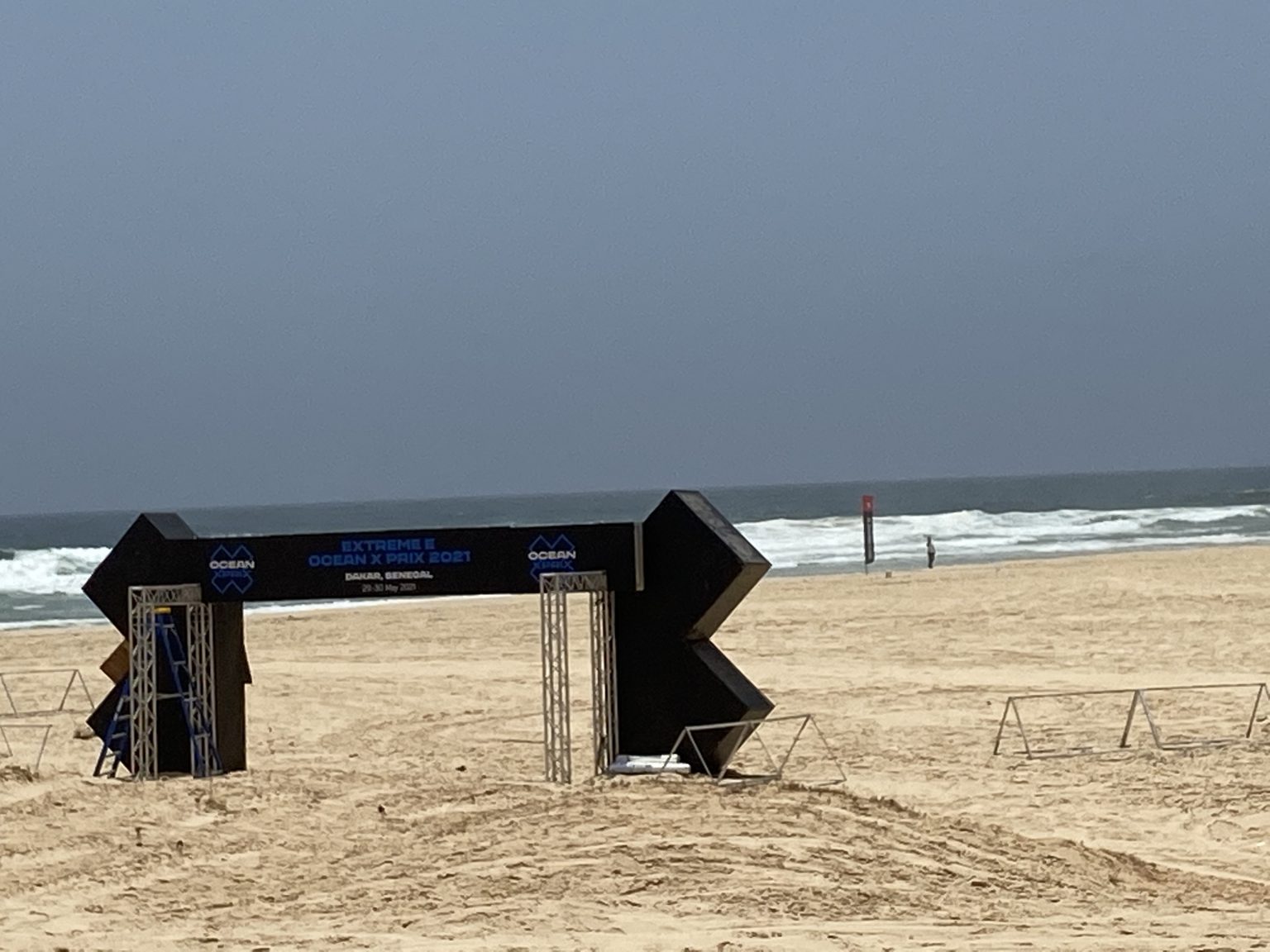 The finish line for the Ocean XPrix under construction
The finish line for the Ocean XPrix under construction
The Ocean XPrix was held at UNESCO World Heritage site, Lac Rose, 30 kilometres north of Dakar, Senegal, in the heart of the African tropics. From 1978 until 2008, Dakar was the finishing point of the cross-Sahara Paris to Dakar rally, in which amateurs and professionals on all manner of off-road vehicles undertook a gruelling endurance event. But times moved on and the race did too so the Lac Rose location holds special significance for the local community.
The first thing you notice at Lac Rose is the stunning ocean landscape against clean blue skies, the backdrop for the Xprix’s finish line. This glittering story also highlights a starker reality. The coastline, subjected already to the ravages of overfishing, is at risk. Artisanal fishing is a significant source of trade and the ocean has historically provided 75% of the dietary protein of the Senegalese people. Now climate change is an even larger imminent threat to the land and its people, bringing about another kind of race – against time.
Mangroves have disappeared at an alarming rate over the past few decades in Senegal and the country is trying to reverse the tide to restore and protect them. Mangroves remove more carbon from the atmosphere than similarly sized rainforests. Their roots pull freshwater from salty seawater and serve as a nursery for fish, crustaceans and shellfish. A combination of destructive human activity and rising sea levels due to climate change have devastated these ecosystems and public and private investments are now seeking to reverse the decline. Extreme E’s rally in this magnificent corner of West Africa is a stark reminder that climate change is here now and we all have a role to play in tackling it. Mangrove restoration is key to the legacy initiatives the rally series leaves behind.
A natural ecosystem provides the perfect analogy for the kind of thinking needed to transform the negative impacts of road transport – responsible for nearly 30% of toxic emissions in the United States, similar in many industrialised countries. In fact, Extreme E is evidence that we already have the technology, tools and resources required for these new transport ecosystems – it’s a matter of how fast we’re willing to transform a sector that has long been defended by a fossil fuel lobby working to discredit technologies that don’t require oil products.
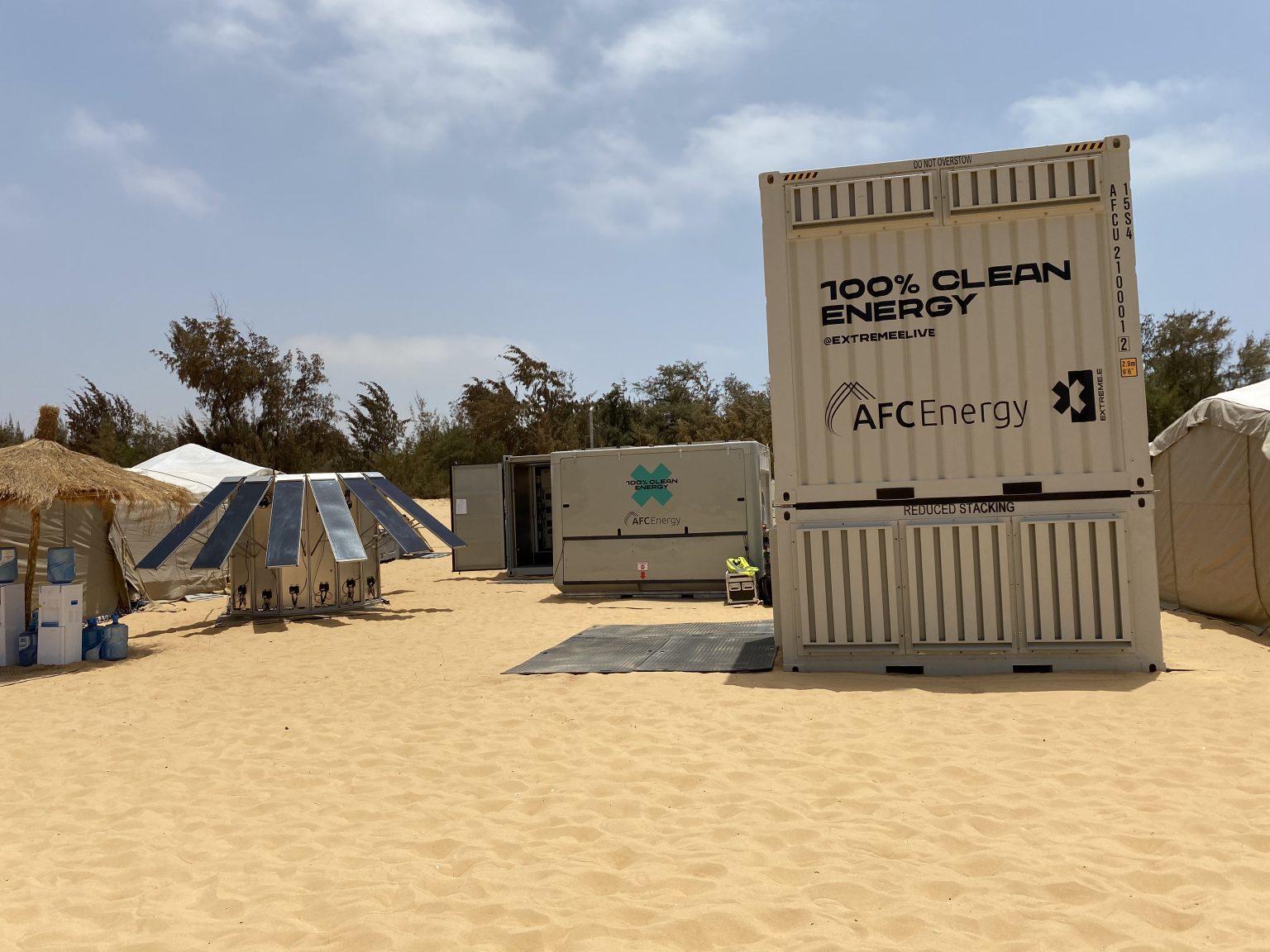 Green hydrogen is not some elusive dream that we’re technologically incapable of. Extreme E generates on site, using portable solar panel kits and generators to produce this clean ‘fuel’.
Green hydrogen is not some elusive dream that we’re technologically incapable of. Extreme E generates on site, using portable solar panel kits and generators to produce this clean ‘fuel’.
The Extreme E rally cars are high performance machines that will set our Sunday drivers’ hearts pounding. The hydrogen drivetrain is connected to a battery instead of the pistons and pipes of a polluting gasoline fuelled engine. Passenger car technology has long emerged from developments made in motorsports and already, auto makers from General Motors to Jaguar are planning all electric line ups for the 2030s. So imagine your next people mover being fuelled by a battery that can also send its excess energy to power your house, or the trucks that bring goods to your favourite stores fuelled by a network of locally generated green hydrogen hubs. It is not a far-off pipe dream! In fact there are now hundreds of electric car models, and with battery costs constantly dropping, they’re a lot more affordable.
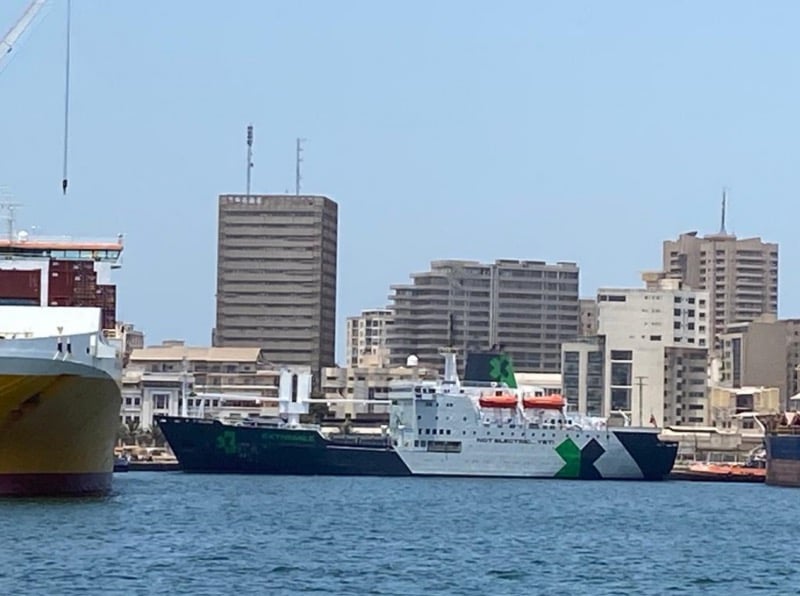 The entire race – every piece of equipment, temporary structures and cars – is transported from one rally location to the next in 29 shipping containers aboard the St Helena, a refurbished former Royal Mail ship with a full time crew of 50 people.
The entire race – every piece of equipment, temporary structures and cars – is transported from one rally location to the next in 29 shipping containers aboard the St Helena, a refurbished former Royal Mail ship with a full time crew of 50 people.
So from a non-motorhead to you – enthusiasts or not – for a healthy dose of optimism, I invite you to explore further. Catch up with Extreme E, or take a step yourself on the Fan Action League powered by the Count Us In campaign. Or listen to our conversation with RXR team owner and former F1 World Champion, Nico Rosberg and driver of Ganassi Racing Hummer Number 1, Sara Price. You too will be convinced that we have everything required to clean up the transportation sector by 2030, and there is absolutely no reason to delay the transition for a single minute longer.

